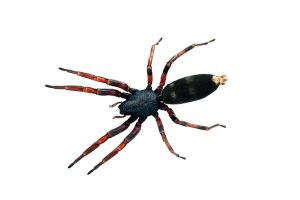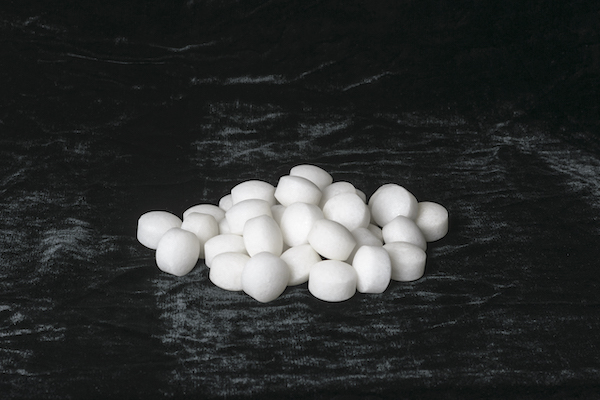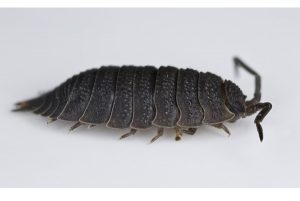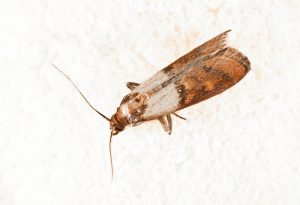
Should you use Mothballs or is there a Better Moth Repellent?
- Published:
- Updated: March 1, 2024
Mothballs have been around for ages – something even “granny” used to use. But do they actually work to protect your clothes from clothes moths and are there any modern alternatives?

What are mothballs made of?
Traditional mothballs have a very distinctive smell. The smell is due to the insecticide ingredient in moth balls – naphthalene. In fact, they are nearly 100% naphthalene. Napthalene is a solid, but sublimes (turns from solid into gas) at room temperature.
Are mothballs safe?
Napthalene mothballs need to be used carefully. Significant adverse effects can occur if the mothballs are swallowed, but also if high levels of naphthalene gas are inhaled (which is generally not the case in the home environment). For those with increased sensitivity, especially babies and young children, skin contact can also present an issue. Although they are available in Australia, they are banned in other countries, such as New Zealand.
If mothballs are to be used, the use and safety instruction on the package should be followed closely. Importantly, direct contact with the mothballs should be avoided and the mothballs kept out of the reach of children. Australian guidelines recommend that the use of naphthalene is restricted around children under three years of age.
This means that children’s blankets and clothes should not be stored with mothballs containing naphthalene, and mothballs should not be used in young children’s rooms or in areas where young children may be present or have access .
Any clothes stored with mothballs should be washed thoroughly before wearing.
Do mothballs work?
The naphthalene in mothballs will kill all life-stages of the clothes moth and indeed other insects, but it requires a sufficient concentration of naphthalene in the air. This is best achieved if the mothballs are placed within an enclosed space, such as a suitcase. They will work in a wardrobe, as long as there are enough mothballs, but of course the regular opening and closing of wardrobes reduces the concentration in the wardrobe and therefore their performance.
Alternatives to mothballs?
Camphor, a natural repellent, is also used in some moth balls. Although it is natural, it is not non-toxic and so precautions should be taken to prevent contact and ingestion. Although it provides some level of protection, like other essential oils marketed as insect repellents, the data supporting their performance is somewhat limited.
However, new moth products deliver both improved performance and have an improved safety profile, such as PestXpert Total Moth Control. PestXpert Total Moth Control actually kills moths, rather than just repelling them. It utilises patented ActivAir technology, which controls the release of the active ingredient, providing up to 3 months protection. This new active ingredient is odourless, and it is used at very low levels, which gives it its improved safety profile compared to mothballs.
So, there’s no need for your clothes to smell like granny’s. Protect your clothes with the latest in moth protection products – PestXpert Total Moth Control (also works on pantry moths).




